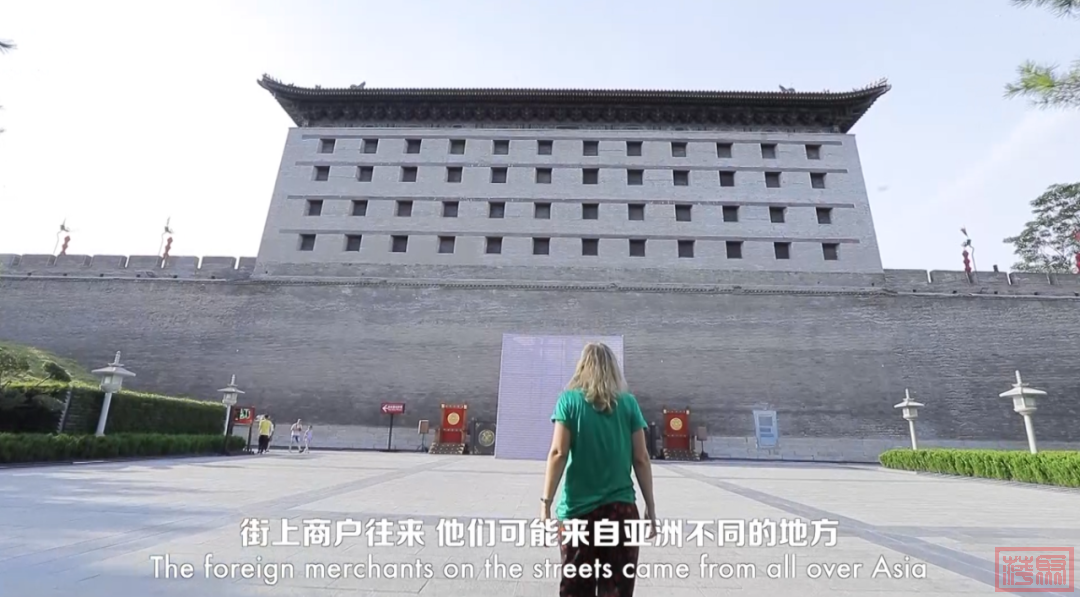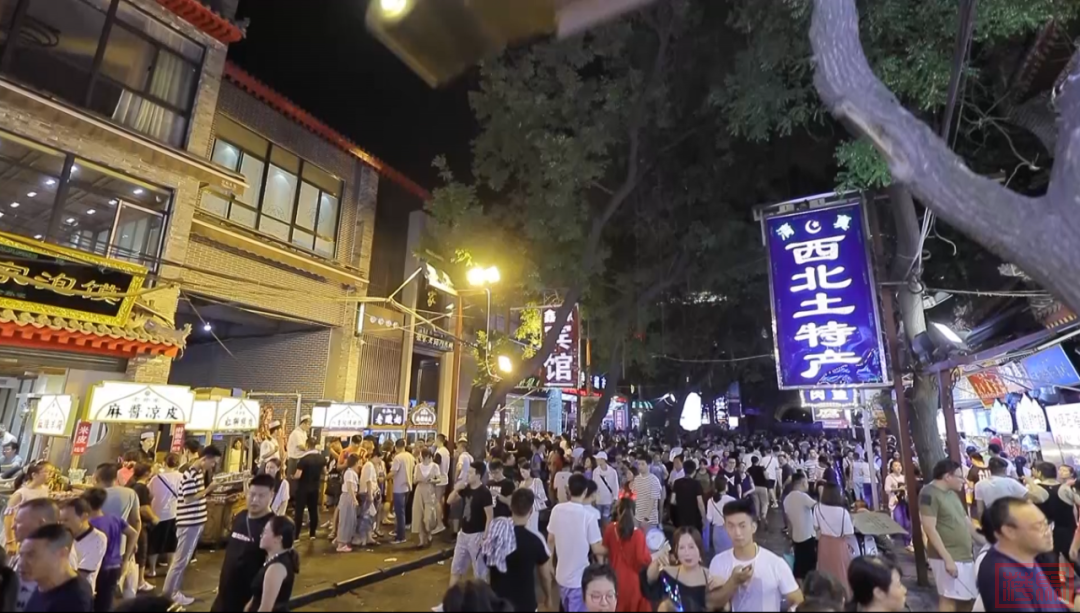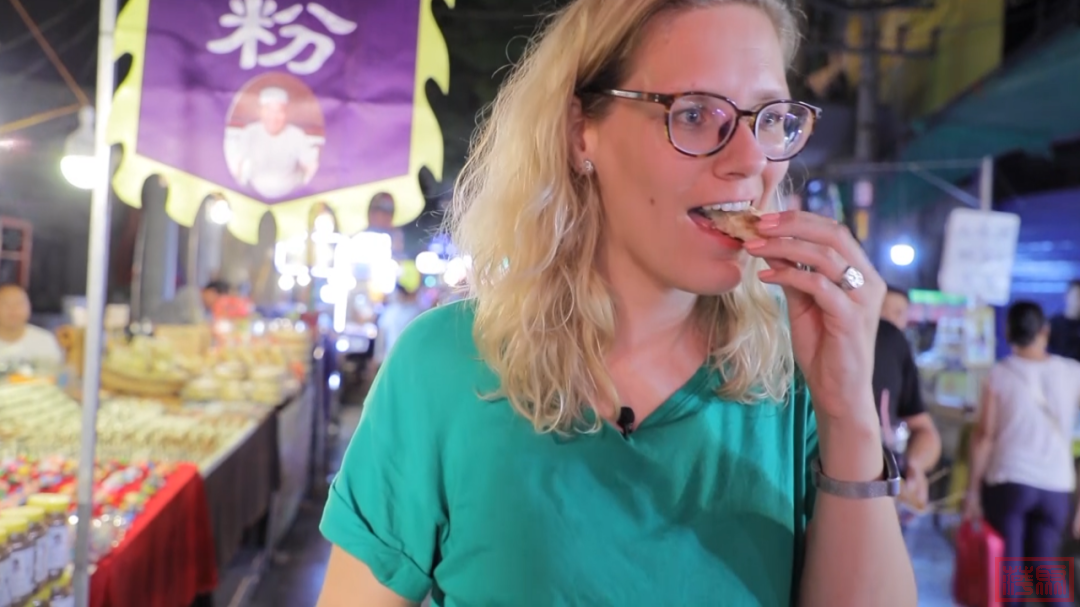|
|
马上注册,结交更多好友,享用更多功能,让你轻松玩转社区。
您需要 登录 才可以下载或查看,没有账号?注册

×
作者:微信文章

video: https://mp.weixin.qq.com/mp/readtemplate?t=pages/video_player_tmpl&action=mpvideo&auto=0&vid=wxv_1379998297766674433

Hoster Yvonne, a Dutch girl who loves China, takes you back to the Silk Road, starting from Xi'an, all the way west, to explore its past and present. By revisiting the Belt and Road, we can witness the achievements of China's reform and development since the 18th National Congress of the Communist Party of China (CPC), and understand the scientific connotation, practical achievements and profound influence of Xi Jinping's Thought of Socialism with Chinese Characteristics in the New Era from the perspectives of "four comprehensive" strategic layout, five development concepts and "two centenary goals".
本片讲述了一个热爱中国的荷兰女孩霍斯特·伊冯娜的故事。她从西安出发,一路西行,一起去探寻丝绸之路的过去与现在。通过重走“一带一路”沿线,感知十八大以来中国改革发展的辉煌成就,从“四个全面”战略布局、五大发展理念、“两个一百年”奋斗目标等多个视角展现习近平新时代中国特色社会主义思想的科学内涵、实践成就和深刻影响。

In ancient times, Xi'an was once called Chang’an and Xi’an has always been seen as the starting point of Silk Road. Close your eyes and imagine how prosperous the ancient city of Chang’an was 2,000 years ago. The merchants on the streets came from all over Asia including Korea, and Japan.
西安古称长安,一直被看作是丝绸之路的开端。闭上眼睛,你可以想象到,2000多年前的长安古城是何等繁荣。街上商户往来,他们可能来自亚洲不同的地方,比如当时的日本以及高丽。





In the west market of Chang’an many foreign merchants owned shops with a variety of goods, such as spices and jewelry that came from foreign countries. Even today, you can still see traces of trade that are leftover in Xi’an.
在长安的西市,甚至有许多外国商人开设的店铺,有着来自异域的珠宝、香料等商品。即使是如今的西安,你还能看到曾经贸易往来留下的痕迹。


Here sesame buns, or the ‘hu bing’ as it is called in Chinese, originated in the Han and Tang Dynasties. It is a kind of Central Asian food, which was introduced by Sogdians, who were popular on the Silk Road those days.
馕,又可称为胡饼,起源于汉唐时期,是通过当年闻名丝绸之路的粟特人传入的中亚美食。


Xinjiang is located in the northwest of China. Surrounded by immense mountains, it is a landlocked city far from the sea. It boasts marvelous landscapes and abundant species. Deeply influenced by the culture along the Silk Road and grassland culture, Xinjiang has a population of 23 million and 47 ethnic groups.
新疆位于中国的西北边陲。远离海洋,深处内陆,在绵亘高耸的山脉围合之中。它拥有着神奇的地貌景观及丰富的物种群落。在过去的历史中,深受丝绸之路上的文化及草原文化的影响,形成了47个民族和2300万人口。


In 2013, President Xi introduced the Belt and Road Initiative, which evokes memory of that familiar history. Following the footsteps of the travelers and saints who moved around with commodities and faith, we promote trade, invest in sea and land channels, and cooperate and communicate with other countries.
2013年,习近平主席宣布的“一带一路”创想,唤起了人们对那段熟悉的历史的回忆。促进贸易发展、投资海路通道、建立各国合作交流,追随着的正是当年那些带着货物和信仰四处奔波的旅行者和圣贤者的足迹。

As the glory of the Silk Road has gone away with history, Xinjiang has become an inclusive and modern city with ethnic characteristics.
也许,世界旋转的轴心又再次转移——移回到那个让它旋转千年的初始之地,丝绸之路。
来源:人民日报“我与中国”(@China)短视频大赛 |
|